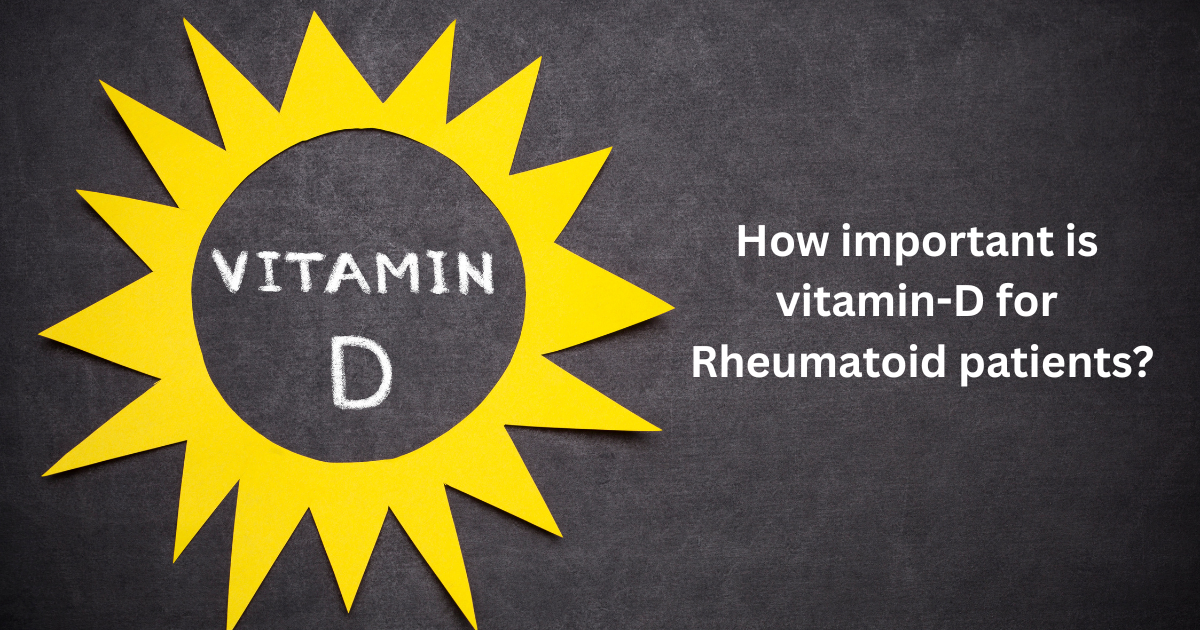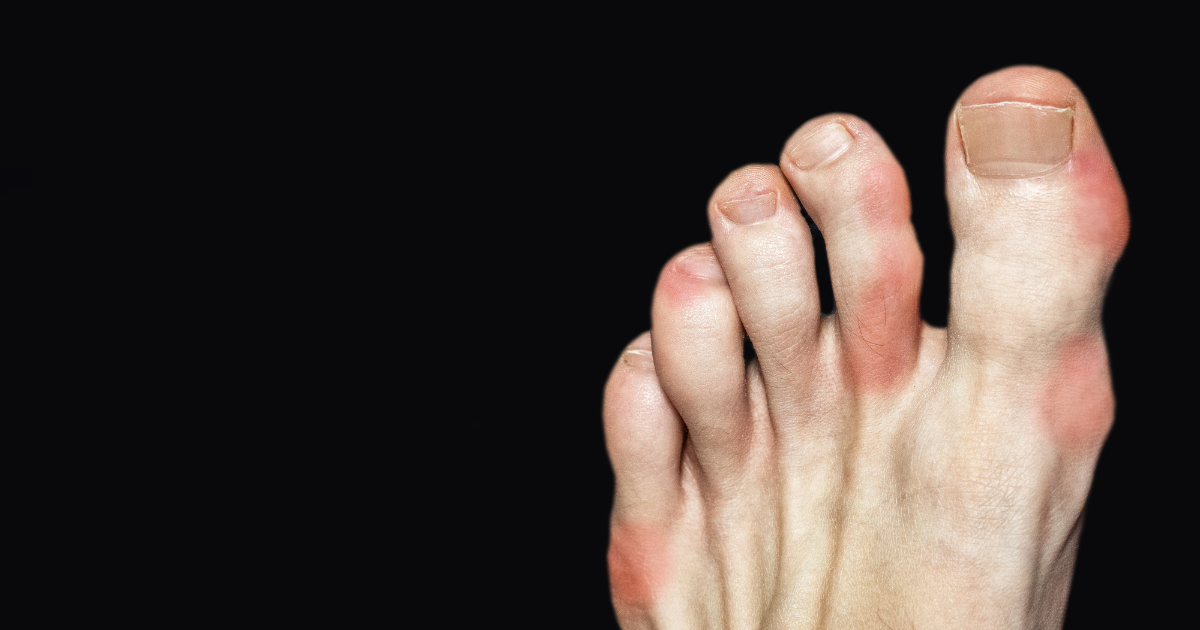What is Osteoarthritis and Rheumatoid Arthritis?
Arthritis is a condition that causes pain and swelling in the joints, which can significantly affect your ability to move. While arthritis is often associated with aging, it can impact individuals of any age. Osteoarthritis (OA) and Rheumatoid arthritis (RA) are two of the most common types, and although they share similar symptoms, their causes, progression, and treatments differ considerably.
Osteoarthritis (OA)
How Does It Develop?
Osteoarthritis is a degenerative joint disease that primarily occurs when the cartilage — the cushioning material between joints — breaks down over time. As the cartilage wears down, bones begin to rub together, causing pain, stiffness, and swelling in the affected joint.
Common Symptoms:
- Pain and stiffness in the affected joint, often after extended periods of activity or inactivity.
- Limited range of motion, making it difficult to move the joint.
- Swelling and tenderness around the joint, especially after use.
- Bone spurs or hard lumps that develop around the affected joint.
Risk Factors:
Osteoarthritis typically affects older adults, but can also be influenced by genetics, obesity, joint injuries, and certain lifestyle factors.
Rheumatoid Arthritis (RA)
How Does It Develop?
Rheumatoid arthritis is an autoimmune disease where the body’s immune system mistakenly attacks the synovium (the lining of the joints), causing inflammation. Over time, this can damage the cartilage and bones in the joint, leading to deformity and loss of joint function.
Common Symptoms:
- Pain and swelling in joints, especially in the hands and feet.
- Morning stiffness that lasts for more than 30 minutes.
- Fatigue and general malaise (feeling unwell).
- Joint deformities over time, especially in the fingers and toes.
- Warmth and redness around the affected joints.
Risk Factors:
Rheumatoid arthritis can affect people of all ages, but it is more common in women and typically develops between the ages of 30 and 60. It is also associated with genetic and environmental factors, such as infections or smoking.
Key Differences Between Osteoarthritis and Rheumatoid Arthritis
1. Cause:
- Osteoarthritis: Primarily caused by wear and tear on the joints, leading to cartilage breakdown.
- Rheumatoid Arthritis: Caused by an autoimmune response where the body’s immune system attacks the joints.
2. Affected Joints:
- Osteoarthritis: Usually affects one joint at a time, commonly the knees, hips, and hands.
- Rheumatoid Arthritis: Affects multiple joints at once, often starting with the hands, wrists, and feet, and can be symmetrical (affecting both sides of the body).
3. Onset and Progression:
- Osteoarthritis: Develops gradually over time and may worsen with age or due to repeated joint injury.
- Rheumatoid Arthritis: Often develops quickly, with symptoms worsening rapidly in the first few months or years of the disease.
Treatment and Management
Osteoarthritis:
- Medications: Pain relievers such as acetaminophen or NSAIDs (Nonsteroidal anti-inflammatory drugs) to reduce pain and inflammation.
- Lifestyle Changes: Exercise, weight management, and joint protection can significantly improve symptoms and slow the progression of OA.
- Surgical Options: In severe cases, joint replacement surgery may be required to restore function and reduce pain.
Rheumatoid Arthritis:
- Medications: Disease-modifying antirheumatic drugs (DMARDs), biologic therapies, and NSAIDs are used to control inflammation and prevent joint damage.
- Physical Therapy: Aimed at improving joint function and reducing pain.
- Surgery: In cases of severe joint damage, joint replacement surgery may be recommended.
Frequently Asked Questions (FAQ)
1. What is the main difference between osteoarthritis and rheumatoid arthritis?
Osteoarthritis is caused by wear and tear of the joint’s cartilage, while rheumatoid arthritis is an autoimmune condition that causes inflammation in the joints.
2. Can I live with osteoarthritis or rheumatoid arthritis?
Yes, with proper treatment, lifestyle changes, and medical management, individuals with either condition can live a fulfilling life.
3. How can I reduce the pain associated with osteoarthritis and rheumatoid arthritis?
Pain management includes using medications, regular exercise, physical therapy, and, in some cases, surgery to restore joint function.





